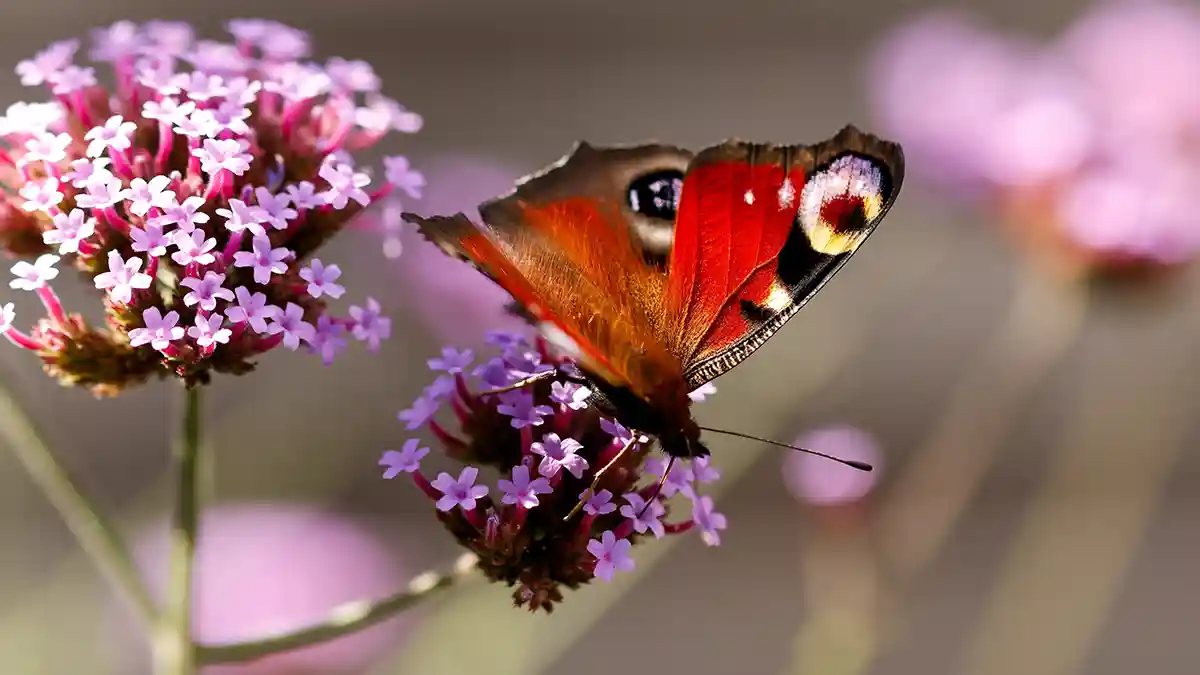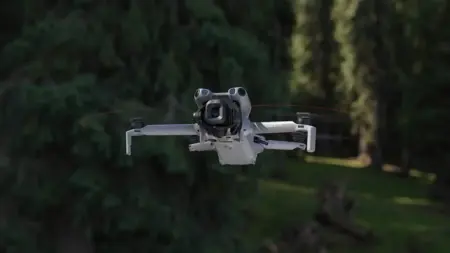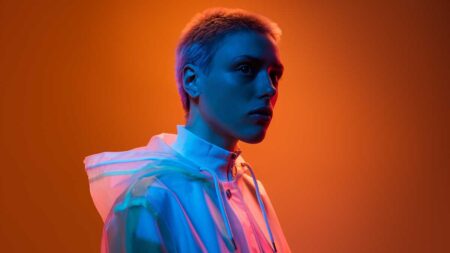Believe it or not, there was a time where macro photography was considered to be something of a niche area. In its early years, the macro lens was employed nearly-exclusively by people interested in herbology and other botanical-focused activities, where the magnification of plants aided their studies.
It was also cost-prohibitive at the time, which meant that only professionals in their respective fields could utilise it properly. Eventually, they widened their focus to include other small objects, like insects and their surrounding environments.
Then, in the following years the world of macro photography gradually expanded and gained traction for varying reasons. The most notable example being its increased prominence in advertising and professional commercials, where shiny new products are often isolated and displayed to the viewer in a more engaging fashion.
Then, there is rise of megapixel counts, image stabilization and auto-focus technology in smartphones, all of which play a major role in macro photography and have allowed everyday consumers to experiment in this once lesser-known visual field. After all, a high megapixel sensor provides even more visual information to digest when paired with a macro lens.
This also plays in to its growing appeal – today, it is easier than ever to try out macro photography for yourself, and it still remains a largely unique form of photography.
What Makes Macro Unique?
There are several factors that make macro photography unique in its ability to capture the viewer’s attention and stand out from the rest.
Firstly, macro photography relies on emphasising many elements of the subject that are often indistinguishable to the human eye at basic viewing levels. For example, a quick glance at a tree or natural vegetation after a rainy spell would not reveal any greater, identifiable visual information.
But with a macro lens, the viewer is able to see the intricate details of small subjects, which in this case would be individual rain droplets running down the leaf, or the shapes and patterns on the leaf itself. Essentially, the purpose of macro photography is to provide us with the kind of detail we would otherwise not be able to appreciate.
There are shapes, textures and patterns around us every day, and macro photography allows us to perceive the otherwise imperceptible. Other examples could include the intricate lines of a tree trunk, or the silky texture of a feather.
Because of this zoomed and heightened perspective, it is not surprising that macro photography has become so prominent in the world of advertising, where a greater emphasis must be placed on the subject to really draw the viewer in.
Still, despite its subtle simplicity, macro photography is not quite as easy as it sounds, nor is it just about enlarging the smaller details. It is also about considering the classical elements too – things like composition, lighting, and framing can all but make or break a distinctive macro image.
Another factor that makes macro photography surprisingly unique is its ability to showcase individual photography styles. While the subject of a macro image becomes emphasised, so too does the photographer’s creative decisions.
The amount of light and colour (or lack of) in a macro shot can also reveal a notable amount of flair and creative expression in the individual.
Then there is the fact that the typical subjects of macro photography – whether that be a leaf, an insect or a flower petal – are all vastly different to one another in their magnified appearance. No two markings on a creature are ever exactly the same, nor are the patterns of a leaf. Macro images exist to highlight this difference.
Some basic tips for macro photography – always make use of soft, natural light where possible as this often complements the image well, and try to experiment with different apertures to control the depth of field. A narrower aperture will provide you a greater depth of field, bringing more of the subject into focus. It is also worth making use of manual focus too.
Best Lenses for Close Up Shots
Macro photography tips are one thing – but what about the lens itself? There are many macro lenses that will serve you well, but Canon’s RF F2.8L is a great choice as it features an impressive 1.4x magnification and a variable spherical aberration control to adjust elements like bokeh.
It doubles up as an excellent portrait lens too thanks to its fantastic image stabilisation which delivers sharp and rich results. To top it all off, it has a weather-sealed lens to protect it from the elements which will be invaluable during outdoor macro photography trips.
On the other hand, the Nikon Z MC 105mm f/2.8 is another fantastic choice for several reasons. Firstly, it features some of Nikon’s most impressive light-gathering and focusing capabilities yet, creating high-fidelity images with fantastic contrast levels.
Secondly, its wide Z mount and rounded aperture will help you to capture smooth portraits whilst giving you more control over key elements like depth of field. Similarly to Canon’s F2.8L, the 105mm also features strong sealing around the mount to keep dirt out. Nikon’s offering is significantly cheaper too, weighing in around £759 while Canon’s lens demands an eye-watering £2,754, making the choice a lot easier when it comes to budgetary considerations.
Focus Stacking and Lighting
A key part of macro is focus stacking. This is a process that involves capturing multiple images of your subject with different focal points then combining them in post-production to create a single image with a wider depth of field. To achieve this, start by focusing on the closest part of the subject and gradually shift the focal point further away, taking multiple shots.
For splicing the images together, you can use software like Lightroom or Adobe Photoshop to preview the final product, but it’s worth noting that many cameras do have built-in focus stacking tools that will save you from having to employ any additional software. When focus stacking, it is vital that you capture every image under the same criteria, as the aperture, white balance and shutter speed will all play a key role in the final image.





Leave a Reply